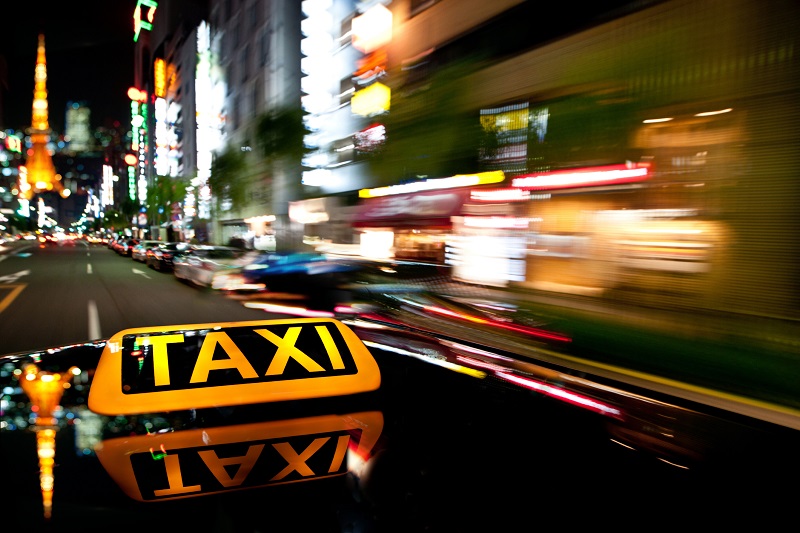How one brokerage is making good risks out of its urban taxi clients

With its taxi clients left in the lurch from insurer market withdrawals, one regional brokerage ventured to improve taxi fleet safety.
After conducting research and leveraging data, CMB Insurance Brokers developed a loss program using telematics to ensure its clients could remain covered by the primary market.
CMB is a commercial brokerage covering various auto sectors. It found its taxi clients stuck between a rock and a hard place when Alberta insurers began pulling out of the urban taxi market.
Essentially, taxi operators were making accident claims in excess of what the industry could handle. “The taxi industry, they haul around the most expensive commodity on the planet: people. When you injure people, the costs are staggering,” Ben McDonald, CEO of CMB Insurance Brokers, told CU.
CMB reached out to various Canadian insurance companies successfully writing taxi insurance. “We went on a massive exercise of talking to every [commercial insurance carrier] we had, trying to leverage our relationship to get the product placed,” said McDonald.
In one instance, an insurer told the brokerage that if it was looking to have the taxi coverage underwritten in a traditional manner, that wasn’t going to fly. And so, the brokerage developed a telematics-based approach to mitigating taxi fleets’ risks.
Step 2 was taking the new enhanced program — which used telematics to support fleets’ risk control measures — to markets writing taxi insurance. The effort involved educating insurers about the Alberta commercial auto insurance sector, and why “we thought it was viable to write it,” McDonald said.
CMB’s new program addressed insurers’ main concerns about covering taxi, primarily the reduction of claims losses.
For starters, CMB required clients to adhere to loss control best practices before the brokerage would bind the insurance. Its new program incorporated the insights of advanced AI-based telematics to help taxi fleet owners:
keep tabs on vehicle maintenance
track drivers’ eye movements to determine their level of alertness
monitor driving infractions.
Telematics allowed the brokerage to reduce the probability of a claim occurring by working with their clients to better manage their risks and intervene with safe habits.
“This isn’t new stuff,” McDonald acknowledged of the telematics approach. “All we were doing was taking an idea that’s proven to be fairly successful in other classes and applying it to taxi.”
Taxi operators and drivers needed reassurance this would work. They came around to the idea once the brokerage began speaking to them in their terms.
“I try to understand the types of claims happening in their industry, and then I help them understand the impact that’s having on their business, both direct cost and indirect costs,” McDonald said.
Then he met with his clients to discuss the risks the insurance industry faced when insuring the taxi industry.
“I tried to make clear that [if] you don’t change anything, then I promise whatever insurance company you find, three to five years from now you’ll be right in the exact same situation,” McDonald said. “So, you’ve got to fix the root problem — your drivers have claims.
“If you invest in safety, and — assuming the safety [measures are] working and prevent losses from happening in the first place — then I’ll be able to deliver you a good insurance product,” he told the taxi operators. “It’s that simple.”
More than that, McDonald said he hoped insurers will start using telematics to better separate the good risks from the bad.
Since telematics solutions provide the means to analyze drivers’ behaviours at a granular level, insurers can change their underwriting criteria using the data collected to continue insuring the good-risk clients.
“Unfortunately, when they’ve been in a space, insurance companies write off the whole class, both the good and the bad,” McDonald said. “But there’s good risk in trucking, there are good risk in tow trucks, and there’s good risk in taxis.
“Using technology and better submissions, let’s come up with a way to sort the good from the bad. And then ultimately, for the good ones, let’s have a good price. Let’s have a good product.”
Feature image by iStock.com/101cats







